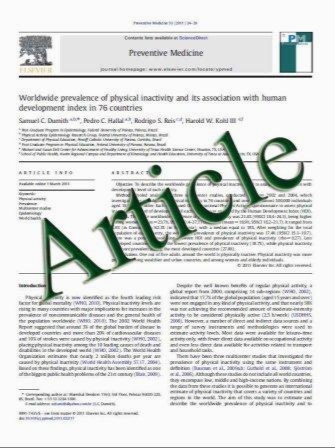A novel mechanism of dasatinib-induced apoptosis in chronic myeloid leukemia; ceramide synthase and ceramide clearance genes
- نوع فایل : کتاب
- زبان : انگلیسی
- مؤلف : Emel B. Gencer & Ali U. Ural & Ferit Avcu & Yusuf Baran
- چاپ و سال / کشور: 2011
Description
Sphingolipids are bioeffector molecules that control various aspects of cell growth, proliferation, apoptosis, and drug resistance. Ceramides, the central molecule of sphingolipid metabolism, are inducer of apoptosis and inhibitors of proliferation. Sphingosine-1- phosphate (S1P) and glucosyleceramide, converted from ceramides by sphingosine kinase-1 (SK-1) and glucosyleceramide synthase (GCS) enzymes, respectively, inhibit apoptosis and develop resistance to chemotherapeutic drugs. In this study, we examined the therapeutic potentials of bioactive sphingolipids in chronic myeloid leukemia (CML) alone and in combination with dasatinib in addition to investigate the roles of ceramide-metabolizing genes in dasatinib-induced apoptosis. Cytotoxic effects of dasatinib, C8:ceramide, PDMP, and SK-1 inhibitor were determined by XTT cell proliferation assay. Changes in caspase-3 enzyme activity and mitochondrial membrane potential (MMP) were measured using caspase-3 colorimetric assay and JC-1 MMP detection kit. Expression levels of ceramide-metabolizing genes were examined by qRT-PCR. Application of ceramide analogs and inhibitors of ceramide clearance genes decreased cell proliferation and induced apoptosis. Targeting bioactive sphingolipids towards generation/accumulation of ceramides increased apoptotic effects of dasatinib, synergistically. It was shown for the first time that dasatinib induces apoptosis through downregulating expression levels of antiapoptotic SK-1 but not GCS, and upregulating expression levels of ceramide synthase (CerS) genes, especially CerS1, in K562 cells. On the other hand, dasatinib downregulates expression levels of both GCS and SK-1 and upregulate apoptotic CerS2, −5 and −6 genes in Meg-01 cells. Increasing endogenous ceramide levels and decreasing prosurvival lipids, S1P, and GC, can open the way of more effective treatment of CML.
Ann Hematol DOI 10.1007/s00277-011-1212-5 Received: 8 October 2010 / Accepted: 8 March 2011


